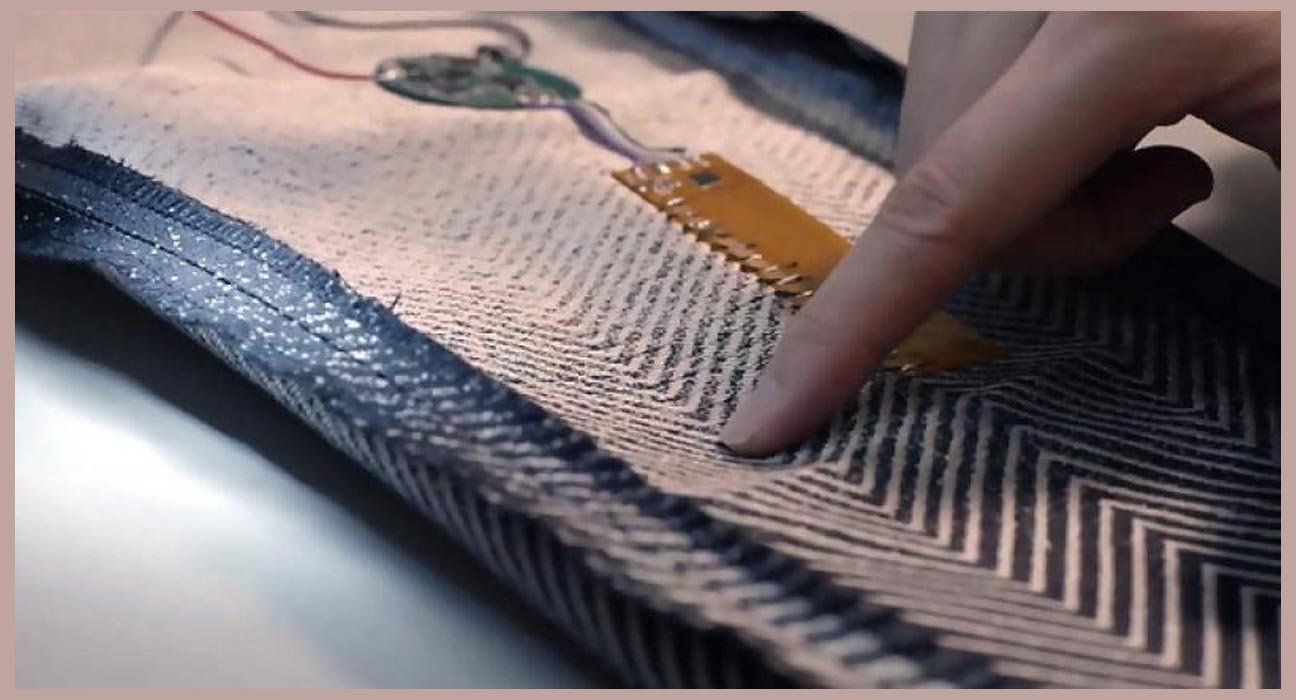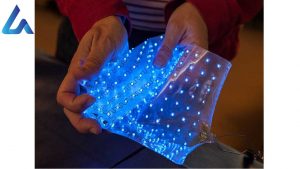Conductive fibers are a mix of electric wires and the textiles world, with attributes of each. A conductive fiber is a fiber that can conduct electricity.
Conductive fibers consist of a non-conductive or less conductive substrate; which is then either coated or embedded with electrically conductive elements. Such as carbon, nickel, copper, gold, silver, titanium, or PEDOT.
Metals may be deposited chemically with autocatalytic chemistry, printed with conductive nanoparticle inks, or applied with physical vapor deposition methods.
Categories of Conductive Fiber
There are two main categories of conductive fibers according to the Conductive Fiber Manufacturers Council.
The first category is “intrinsically conductive fibers and conductive polymers which constitute the largest portion of the industry, with carbon fiber being the biggest portion.
” While “the second group includes non-conductive or less conductive substrates; which are then either coated or embedded with an electrically conductive element often carbon, nickel, copper, gold, silver, or titanium.”
Application and Uses
Conductive fibers are used in products ranging from metal mesh, aerospace textiles, taser or stun gun vests, conductive threads or yarns, fabric sheets used for thermal heating, etc.
These fibers can be woven, knit, sewn, cut, or braided. This is a great benefit for manufacturers who can use conductive fibers for their flexibility, low weight, and versatility.
References: https://en.wikipedia.org
You May Also Read:

